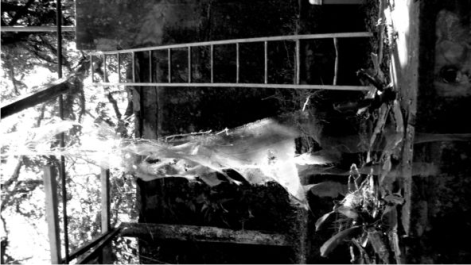O SOM PANTANEIRO: ACORDES PARA A CONSTITUIÇÃO DA IDENTIDADE, DA CULTURA E DA EDUCAÇÃO DOS SUJEITOS
Palavras-chave:
Música pantaneira, Educação e cultura pantaneira, Constituição do sujeito pantaneiro.Resumo
O presente trabalho resulta de levantamentos de letras de músicas regionais sobre o homem pantaneiro sul-mato-grossense que, por sua vez, têm o intuito de perceber como esse homem é revelado e como se dá sua cultura e constituição. No desenvolvimento do trabalho percebemos que a música é importante nesse processo de apreensão e de devolução, pois ela revela o sujeito que se insere nesta cultura. Neste estudo, consideramos que a música, também, é produto dessa cultura, juntamente com seus ritmos, musicalidades, letras e maneiras de cantar. No entanto, e para a realização desta pesquisa, destacaremos, em meio a esses aspectos componentes da manifestação musical, apenas as letras musicais como instrumento para verificação da identidade de tal homem pantaneiro. Consideramos que a música (a partir de suas letras) é uma expressão cultural importante e que revela a constituição desse homem. A partir dela pode-se, igualmente, reconhecer o processo educativo de uma cultura e as principais características que constituem o homem. O referencial teórico que utilizamos para análise, citado anteriormente, está baseado na Teoria Histórico-Cultural, principalmente na teoria da Atividade de Leontiev. Na fase do levantamento, foram encontradas 133 músicas que abordam o pantanal, aqui foram priorizadas apenas as que continham, no título ou nos versos das músicas, a palavra “pantanal”, totalizando 36 obras que serão analisadas. Os resultados da pesquisa mostram que a constituição identitária do pantaneiro sul-mato-grossense relacionando-a as atividades de peões, boiadeiros e laçadores, pois esses traços ajudam a compor a identidade e o jeito de ser pantaneiro.
Downloads
Downloads
Publicado
Como Citar
Edição
Seção
Licença
Copyright (c) 2011 Autores mantêm os direitos autorais e concedem à revista o direito de primeira publicação, com o trabalho simultaneamente licenciado sob CC-BY-NC-SA 4.0 que permite o compartilhamento do trabalho com indicação da autoria e publicação inicial nesta revista

Este trabalho está licenciado sob uma licença Creative Commons Attribution-NonCommercial-ShareAlike 4.0 International License.
Aviso de Direito Autoral Creative Commons
Política para Periódicos de Acesso Livre
Autores que publicam nesta revista concordam com os seguintes termos:
1. Autores mantêm os direitos autorais e concedem à revista o direito de primeira publicação, com o trabalho simultaneamente licenciado sob a Licença Creative Commons Attribution que permite o compartilhamento do trabalho com reconhecimento da autoria e publicação inicial nesta revista.
2. Autores têm autorização para assumir contratos adicionais separadamente, para distribuição não-exclusiva da versão do trabalho publicada nesta revista (ex.: publicar em repositório institucional ou como capítulo de livro), com reconhecimento de autoria e publicação inicial nesta revista.
3. Autores têm permissão e são estimulados a publicar e distribuir seu trabalho online (ex.: em repositórios institucionais ou na sua página pessoal) a qualquer ponto antes ou durante o processo editorial, já que isso pode gerar alterações produtivas, bem como aumentar o impacto e a citação do trabalho publicado (Veja O Efeito do Acesso Livre).
Licença Creative Commons
Esta obra está licenciada com uma Licença Creative Commons Atribuição-NãoComercial-CompartilhaIgual 4.0 Internacional, o que permite compartilhar, copiar, distribuir, exibir, reproduzir, a totalidade ou partes desde que não tenha objetivo comercial e sejam citados os autores e a fonte.



